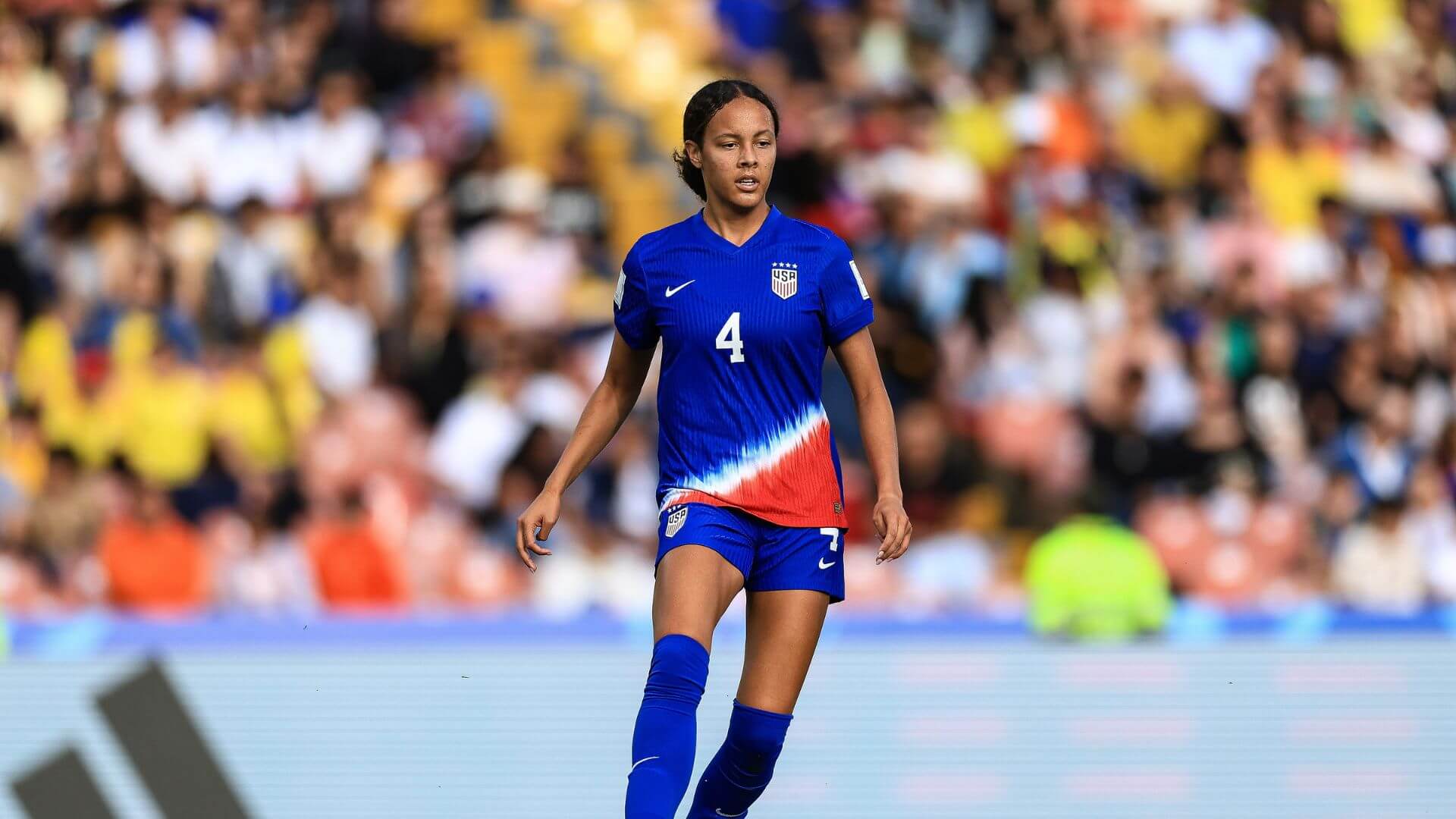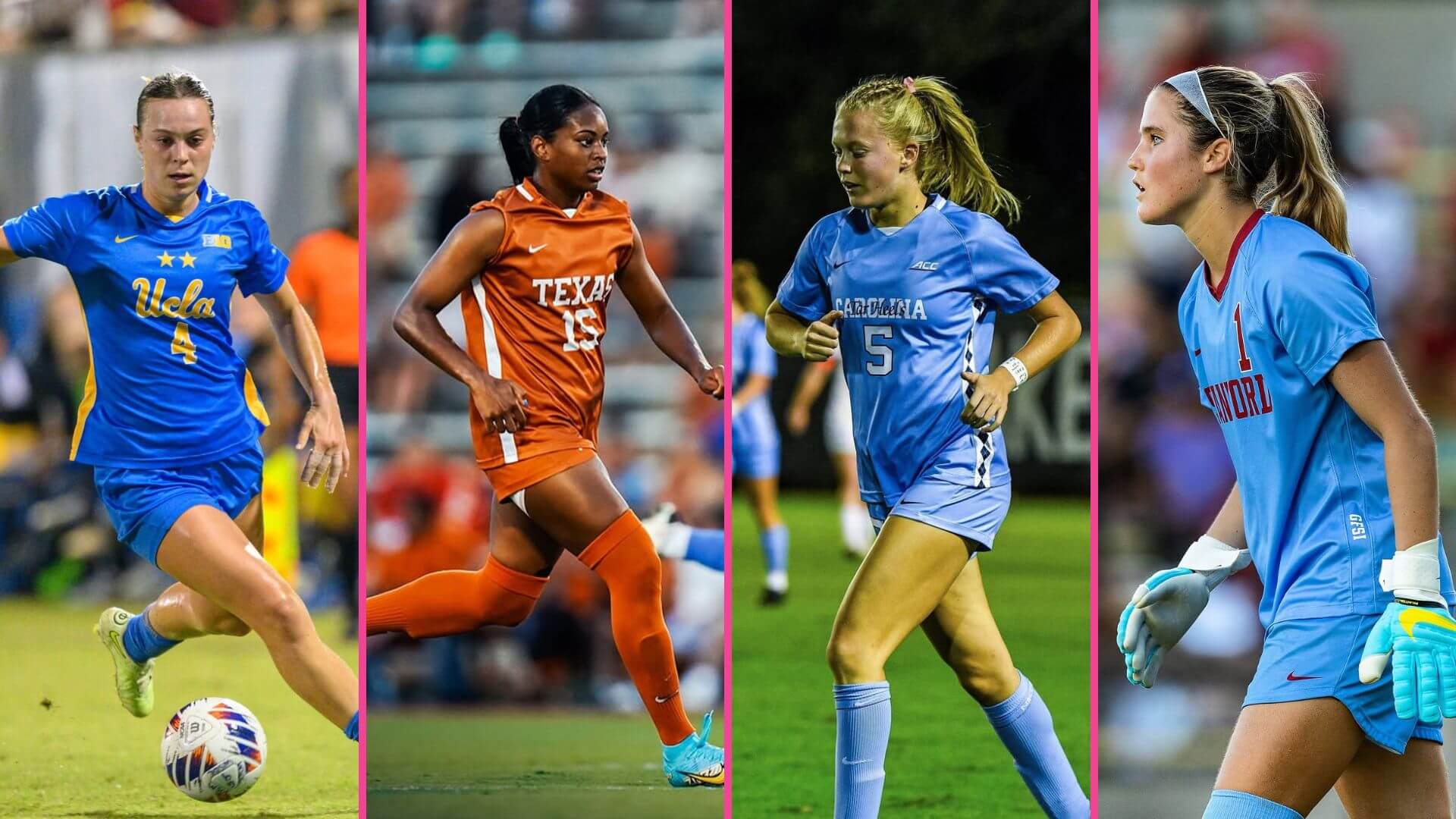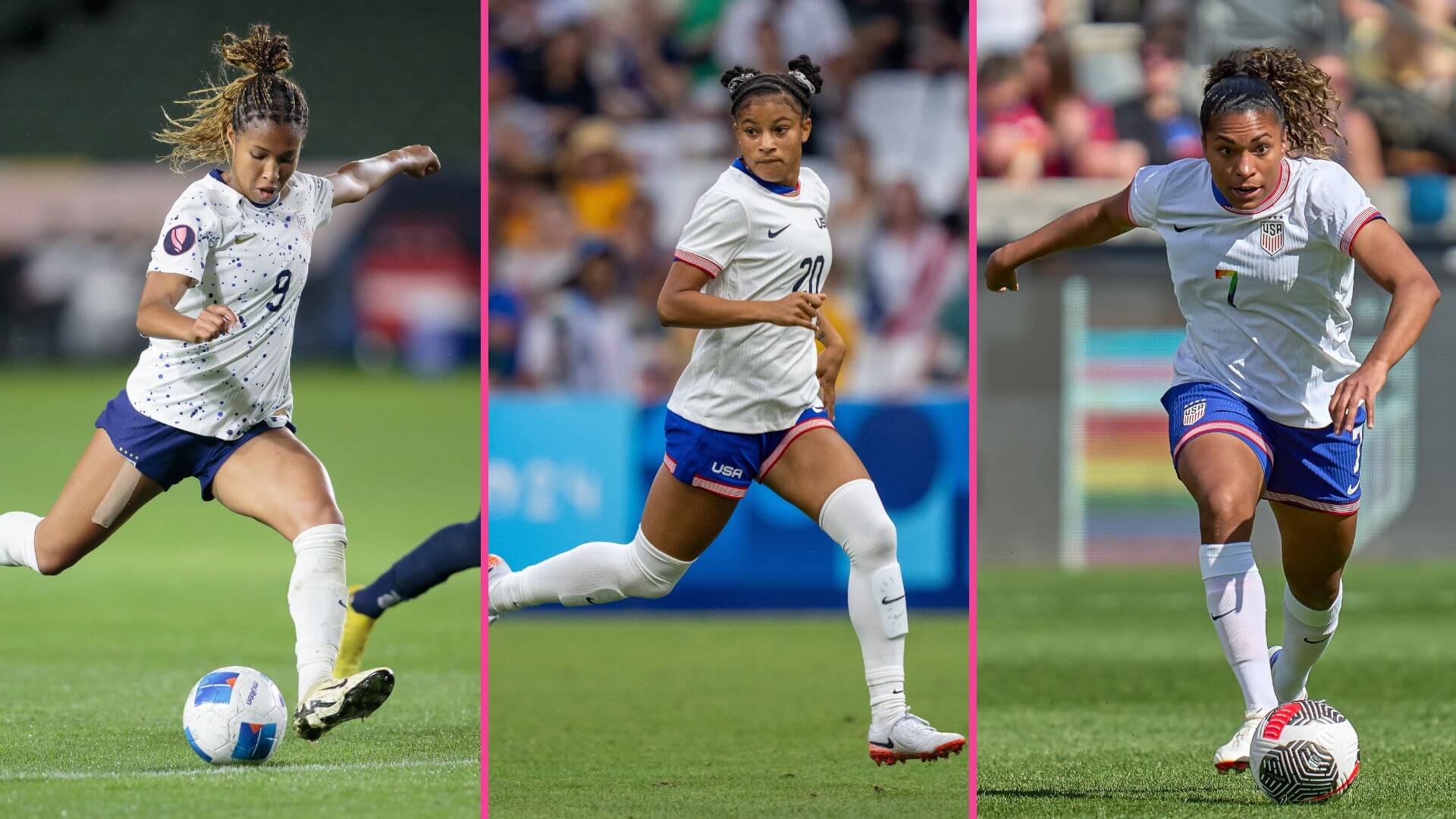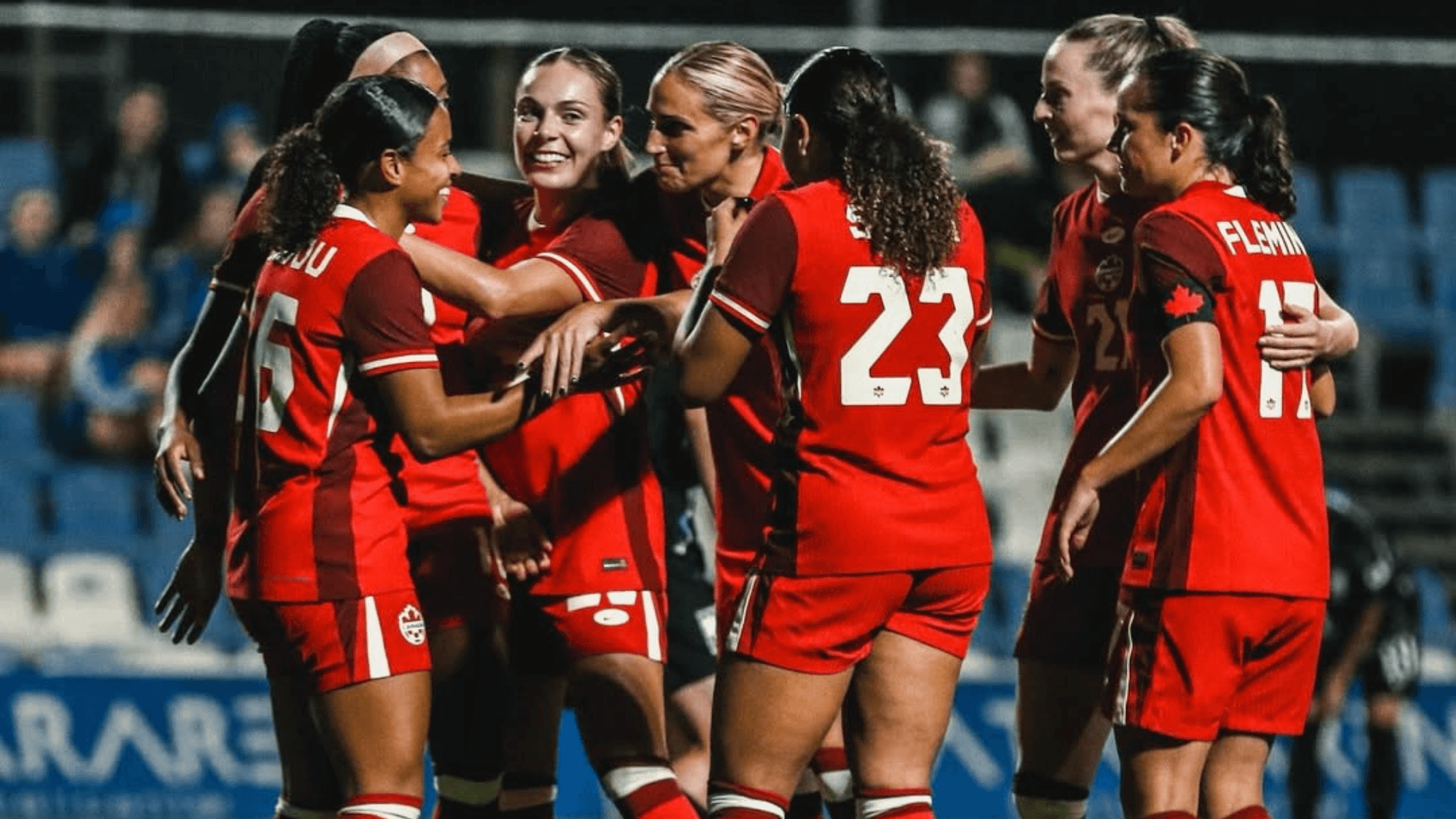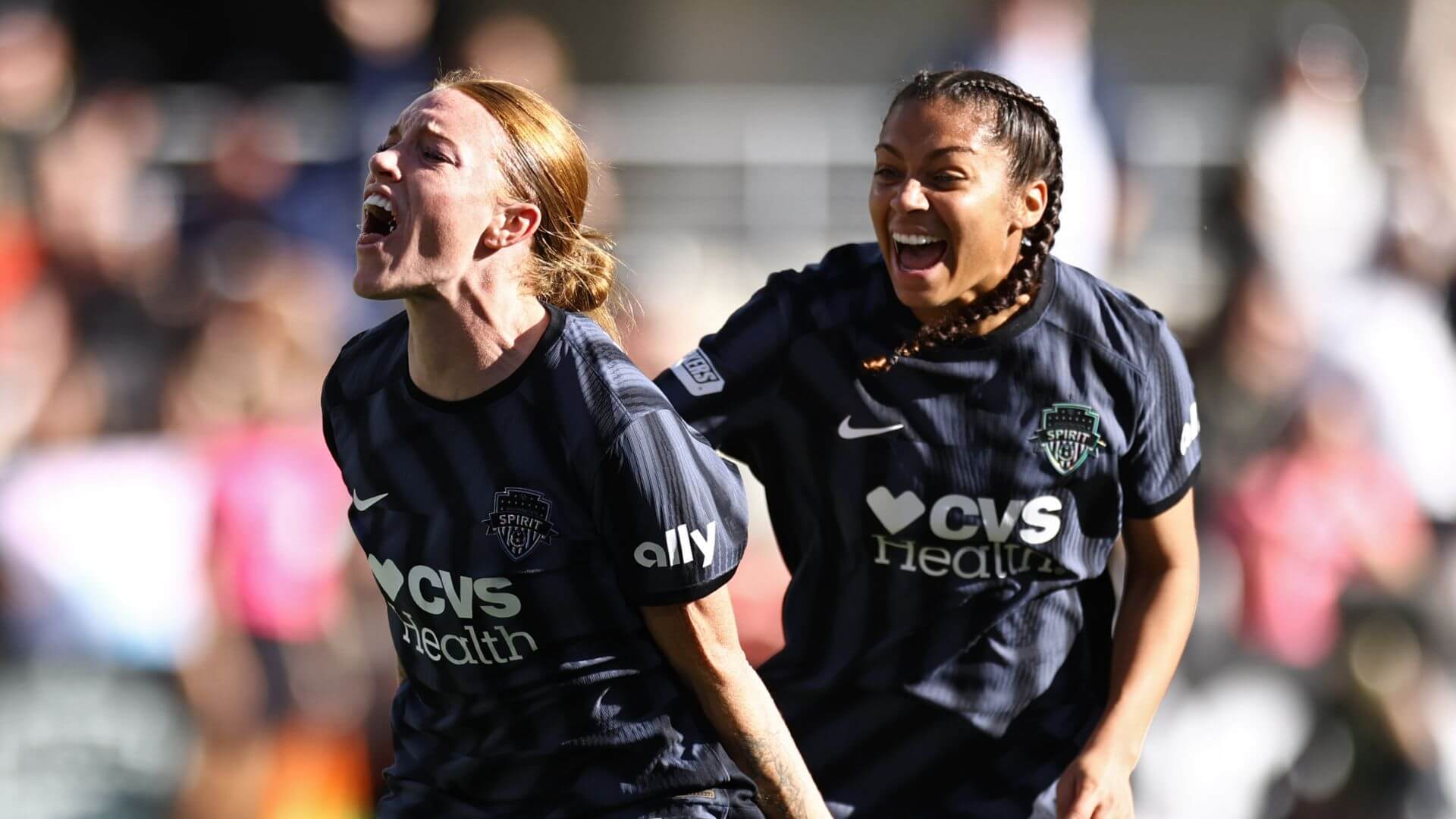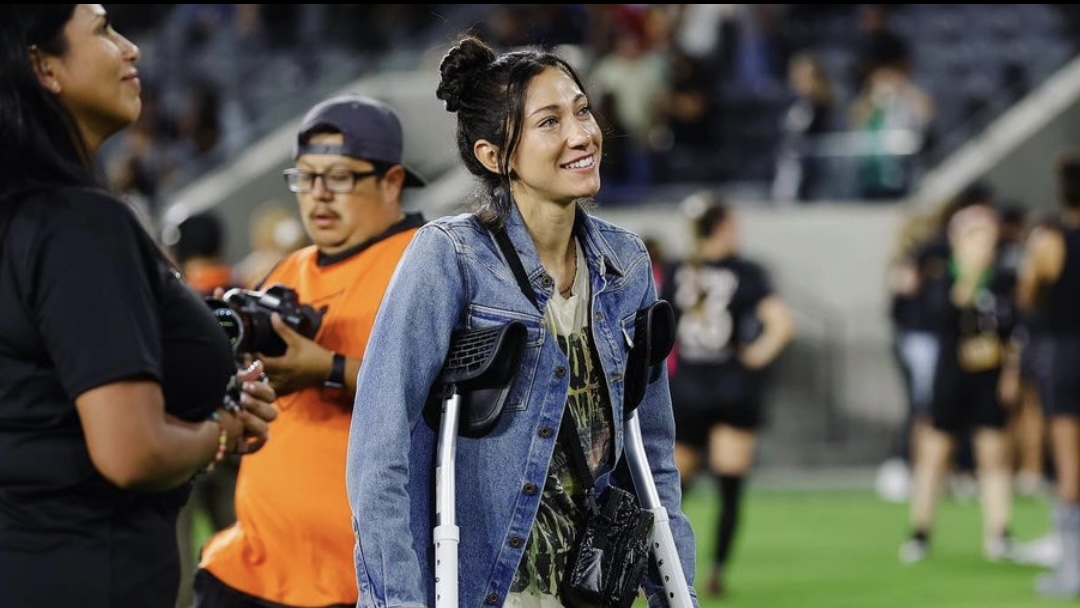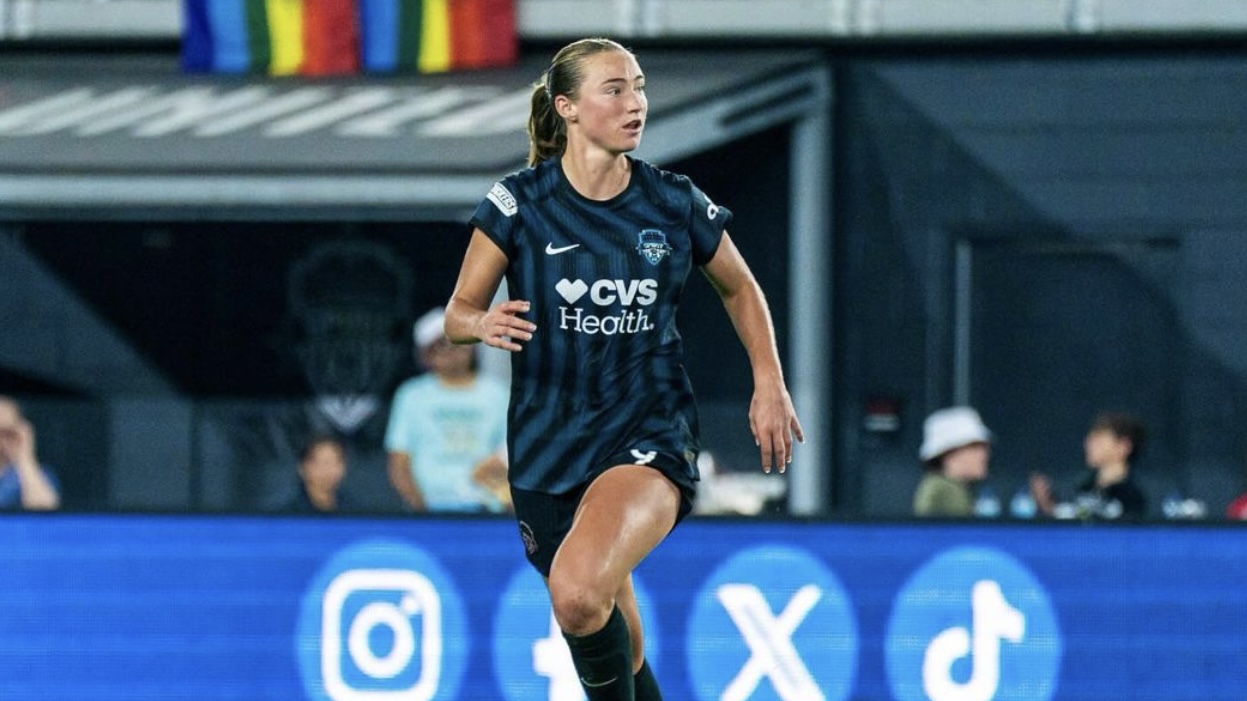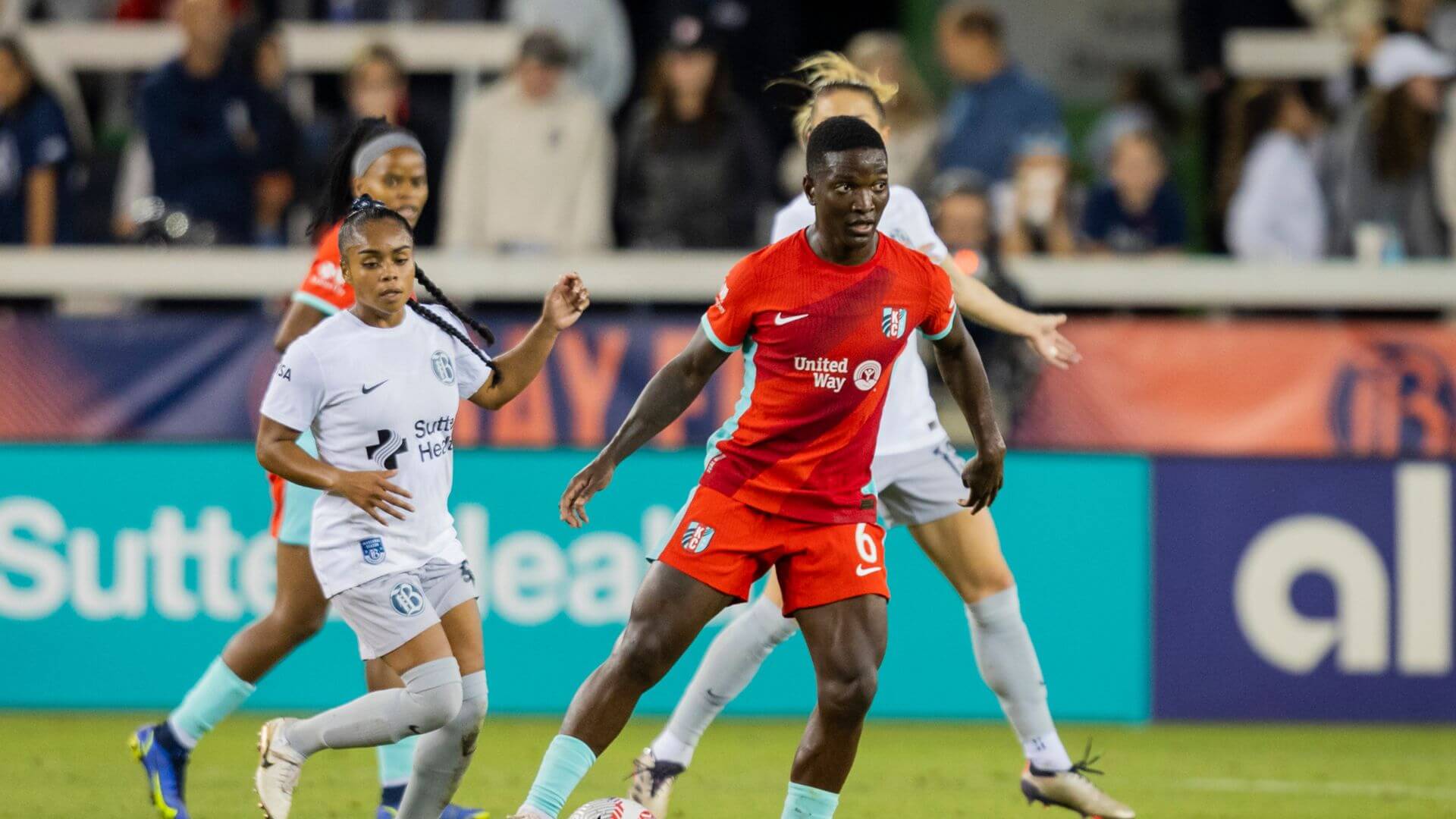Where Are All the Women Coaches in the NWSL?
The NWSL is made up of incredible athletes, fierce competition, and inspiring role models. But if you take a look at the sidelines, you’ll notice something’s missing: women coaches. While the league showcases some of the best female soccer players in the world, the majority of head coaching positions are held by men. Why? What are we doing to address this?
The Current Landscape
Only three of the 14 NWSL teams have women head coaches. This disparity isn’t new; it’s a pattern across women’s sports. While amazing, successful women coaches are in the league; they’re the exception, not the rule.
The Three Women Coaches
Angel City Football Club – Becki Tweed
Seattle Reign FC – Laura Harvey
Racing Louisville FC – Bev Yanez
There were more women head coaches, but with recent league turnover, the number plummeted. The San Diego Wave famously parted ways with head coach Casey Stoney after a seven-game winless streak, but also soon after she led the team to the NWSL Shield and the Challenge Cup. Fans were upset to see their LGBTQ+ female coach replaced by a man. The league also saw the departure of Utah Royals coach Amy Rodriguez after a rough start to their inaugural season.
Most of the former women head coaches were considered interim, including Ella Masar with the Chicago Red Stars, Sarah Lowdon with the Houston Dash, Caroline Sjöblom with Kansas City Current. But their replacements were men.
So, what are the barriers?
Money
Money is a glaring obstacle. To obtain the USSF pro license needed to serve as head coach, it costs upwards of $10,000 and a lengthy process with courses and training. Hopeful coaches might be previous players who may not have made enough professionally. Additionally, they could be too busy playing to carve out such time needed for the license training.
“There are players that are interested in coaching education, but with just how our schedule works, it’s tough to get into any of the normal coaching programming, and it’s also pretty pricey,” said Washington Spirit goalkeeper Nicole Barnhart to NBC Philadelphia.
Systemic Bias
Systemic biases are also a huge part of the problem. Many players grew up playing club teams under male coaches. This minimized adequate representation, thus reducing the chances that they themselves would get involved in coaching.
But the issue doesn’t just stop with the NWSL. USWNT Coach Emma Hayes spoke with the BBC about the critical lack of women in coaching positions and the existing monetary and training barriers.
“We have to think about educating players much earlier on in their careers, maybe even during international breaks where there’s more downtime… and most importantly, support so that they can go through the coach education. We have to commit more money to coaches, not just in the women’s game, but women coaches in general,” she told the BBC.
But there are groups working hard on the issue. Organizations like WISE (Women in Sports and Events) are creating programs to support and guide women in sports leadership roles. The Women’s Sports Foundation is pushing for greater equity and representation in coaching. Increased visibility also matters – celebrating the success of current women coaches helps break down stereotypes and inspire future generations.
The NWSL has the potential to be a leader in gender equity in coaching. With advocacy work to remove the barriers that currently exist, the league can create a future where talented women have an equal opportunity to lead, inspire, and shape the game.
Featured image via @chelseafcw on Instagram
GIRLS SOCCER NETWORK: YOUR SOURCE FOR GIRLS SOCCER NEWS




